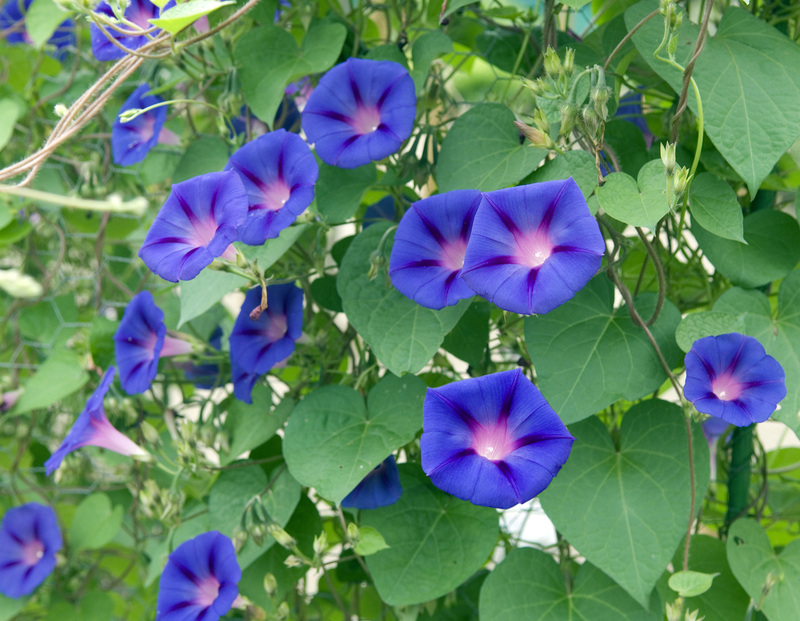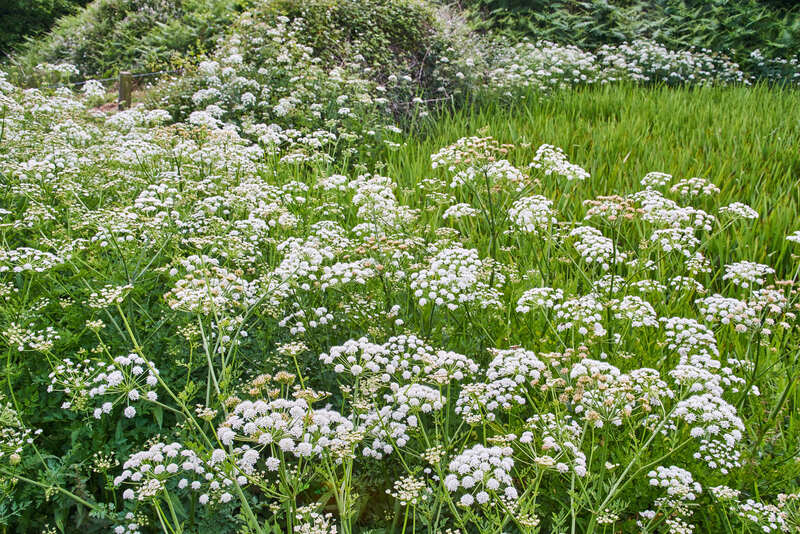Enhance Your Outdoor Experience with 3 Essential Weed Tips
Posted on 29/09/2025
Enhance Your Outdoor Experience with 3 Essential Weed Tips
If you cherish spending time outdoors, whether in your backyard, garden, or patio, you know how quickly weeds can spoil a perfect setting. These unwanted plants are not only unsightly but also compete with your favorite flowers, grasses, and vegetables. In this comprehensive and informative article, you'll learn how to enhance your outdoor experience with 3 essential weed tips that will keep your landscape thriving and enjoyable all year round.
Why Are Effective Weed Control Strategies Important?
Before we jump into the top three weed tips, let's explore why weed management is crucial to your outdoor living environment. Weeds can:
- Choke out decorative plants by stealing nutrients and water
- Attract pests and harbor diseases
- Reduce property value and outdoor aesthetics
- Trigger allergies and affect outdoor activities
By mastering a handful of outdoor weed control techniques, you will not only protect your investment but also maximize your enjoyment of every moment spent outside.

1. Proper Identification: Know Your Weeds to Win the Battle
One of the biggest mistakes made by outdoor enthusiasts is treating all weeds the same way. The first essential weed tip for enhancing your outdoors is to identify your weeds before taking action.
Common Types of Weeds Found Outdoors
- Broadleaf Weeds - Examples: Dandelions, plantain, clover
- Grassy Weeds - Examples: Crabgrass, foxtail, quackgrass
- Sedges - Example: Nutsedge
Each category of weed has unique characteristics and requires tailored removal or control strategies. Correct identification is the key to ensuring you apply the right treatment and don't harm desirable plants in your yard or garden.
How to Identify Weeds Effectively
- Examine Leaf Shape & Texture: Broadleaf weeds have wide leaves, while grassy weeds resemble typical grass blades.
- Check Growth Patterns: Some weeds grow in dense patches, while others appear singly.
- Use Plant Identification Apps: Modern apps can quickly help you pinpoint what's growing in your garden.
- Consult Local Garden Centers: When in doubt, bring a sample to professionals.
By taking the time to understand what you're dealing with, you can create a targeted approach that saves time, effort, and resources.
2. Proactive Prevention: Stop Weeds Before They Start
Prevention is not only easier than removal--it's the secret to having less work and more outdoor enjoyment later. Here's how to prevent weeds in your outdoor spaces using smart, practical strategies:
Mulch: Nature's Weed Blocker
- Organic Mulch: Use bark, wood chips, shredded leaves, or pine needles to cover soil. Mulch blocks sunlight, making it hard for weed seeds to sprout.
- Inorganic Mulch: Stone, gravel, or landscaping fabric offer durable, low-maintenance solutions for garden beds and pathways.
Tip: Keep mulch 2-3 inches thick for the best weed suppression effects, and replenish as needed throughout the growing season.
Optimize Lawn and Garden Health
Thick, healthy grass and plants naturally crowd out weeds. Here's how to maintain a lush landscape:
- Fertilize: Feed your lawn and garden according to seasonal needs for vigorous growth.
- Mow High: Taller grass shades the soil, which discourages weed germination.
- Irrigate Wisely: Water deeply and less frequently to develop deep root systems that out-compete weeds.
Block and Deny: Physical Barriers
- Landscape Fabric: Install underneath mulch in garden beds to prevent weed growth while allowing water infiltration.
- Edge Your Beds: Use metal, plastic, or stone borders to keep creeping weeds out of flower beds and pathways.
- Fill Gaps: Keep cracks in walkways or patios filled with sand or polymeric jointing material so weeds can't take root.
Prevention is your most powerful tool, minimizing future headaches and freeing you to relax and appreciate your weed-free outdoor experience.
3. Smart, Effective Removal: Choose the Right Methods for Lasting Results
Despite your best prevention efforts, some weeds will inevitably appear. How you remove them makes all the difference in enhancing your outdoor living while keeping the environment healthy.
Manual Weed Removal--The Eco-Friendly Classic
- Hand Pulling: Best for small areas or when weeds are young. Always remove roots to prevent regrowth.
- Weeding Tools: Specialty tools like forks, dandelion pullers, or hoes make the job easier.
- Weed After Rain: Moist soil makes it much easier to extract entire weeds and roots.
Tip: Stay consistent--removing weeds before they set seed stops next year's invasion.
Targeted Herbicide Use--When and How to Apply
- Selective Herbicides: These target specific weed types while sparing your lawn or garden plants.
- Non-Selective Herbicides: Kill any plant they contact, ideal for driveways, patios, or fence lines.
- Apply Carefully: Follow all label instructions exactly. Use shields or spot treatments to minimize impact on desired vegetation.
Never overuse chemicals--the goal is to enhance your outdoor haven, not harm nature!
Organic Alternatives for Outdoor Weed Management
- Boiling Water: A simple, chemical-free way to kill weeds in cracks or small patches.
- Vinegar Solutions: Household vinegar can desiccate young weeds rapidly (avoid spraying on wanted plants).
- Corn Gluten Meal: Acts as a pre-emergent, stopping new weed seeds from sprouting.
Combine these strategies for a layered approach that keeps your outdoor spaces beautiful, healthy, and safe for pets and children.
Frequently Asked Questions about Outdoor Weed Tips
1. How often should I weed my garden or yard?
It's best to check for and remove weeds weekly, especially during peak growth seasons (spring and summer). Staying on top of new sprouts prevents them from spreading or going to seed.
2. Can I compost pulled weeds?
Yes, but with caution. Only compost weeds that haven't gone to seed or those known not to resprout from roots. Hot composting helps destroy unwanted seeds and roots.
3. Is organic weed control as effective as chemical options?
Organic methods are very effective for light-to-moderate weed pressures and promote long-term soil and garden health. In areas with severe infestations, a combination of manusal removal, organic, and chemical methods may work best when used responsibly.

Summary: Maximizing Your Time Outdoors
- Identify weeds to choose the best removal strategy for your landscape.
- Prevent weeds through mulch, plant health, and physical barriers.
- Remove any intruders using smart, sustainable methods for lasting success.
By applying these 3 essential weed tips for enhancing your outdoor experience, you'll transform your patio, yard, or garden into an inviting, weed-free oasis. Not only will your plantings flourish, but you'll also gain more free time to make memories with family, host barbeques, or simply relax in nature's beauty.
Final Thoughts: Take Control of Your Outdoor Spaces Today!
With the right knowledge and a little effort, outdoor weed management can become second nature. Make these tips part of your regular routine, and you'll notice fewer weeds and more vibrant landscapes in no time. Ready to enhance your outdoor experience with these 3 essential weed tips? Start today and watch your outdoor world transform!

